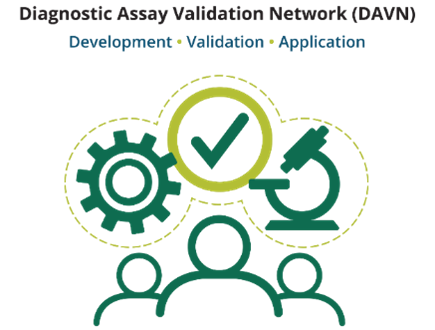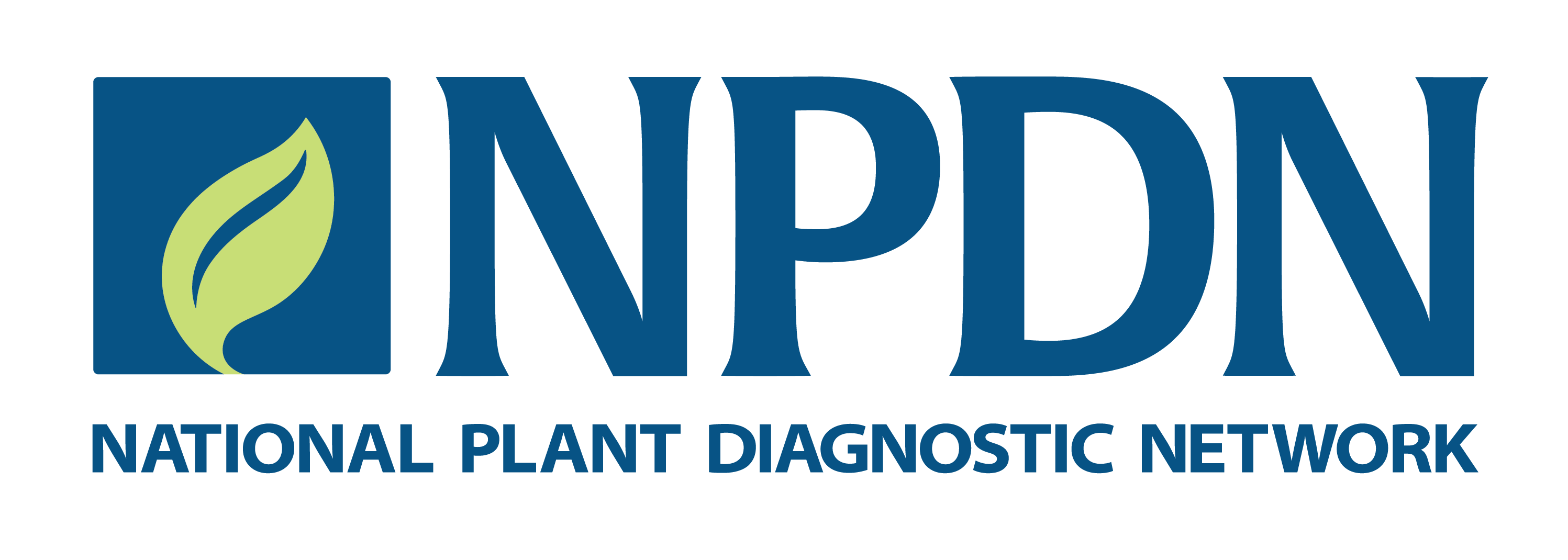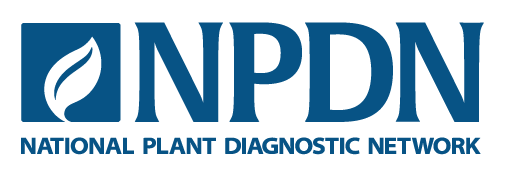
Have you heard about the DAVN? Do you have questions? Have you heard something but not sure what’s fact and what’s fiction?
Fact: The Diagnostic Assay Validation Network (DAVN.org) was designed by people like us, for use by diagnosticians and our research colleagues, for the benefit of diagnostic stakeholders nation-wide.
The DAVN is a three-year USDA-NIFA-AFRI-Biosecurity Program competitive grant-funded project. It was designed by 27 scientists representing NPDN, APHIS, ARS, industry, EPPO, and the land-grant university research community via a one-year competitive planning grant.
Fiction: The DAVN is taking funds away from NPDN or is competing with NPDN.
Fact: NPDN and DAVN are funded through separate lines and processes. Both have been vetted by scientists and diagnostic colleagues through the competitive process, ensuring our tax dollars are put to good use.
Fiction: DAVN products and outputs are locked behind a paywall.
Check out DAVN.org, hosted within APS’ site, over the coming months to find free access tostatistical calculators and diagnostic assay-related research articles in Phytofrontiers, an open-access journal.
Fact: The DAVN is supporting and developing products we can use.
NPDN initiatives that need an extra boost could be supported by DAVN to help lighten the load on NPDN diagnosticians. Examples:
- The NPDN Protocol and Validation Committee’s DSSL and VMAT are NPDN-created; bringing them to a finished product might be something that DAVN-funded personnel are able to help with while ensuring NPDN gets the credit.
- Looking for a protocol or wondering what kind of validation work it has been through? DAVN is doing the legwork to list current molecular protocols and describe the validation, creating a table that can be used by regulatory, industry, and extension clientele.
- Want to give feedback on an existing protocol? The DAVN is building a communication option into the method library, to ensure our hands-on observations can improve detection methods, supporting two-way dialog for method development and improvement.
Want to keep up with the facts? Ping us here: DAVN@scisoc.com or watch us grow here: DAVN.org.
And you can always reach out to me at CLHARMON@UFL.EDU.
Focus issue - https://apsjournals.apsnet.org/doi/epdf/10.1094/PHYTOFR-3-1

